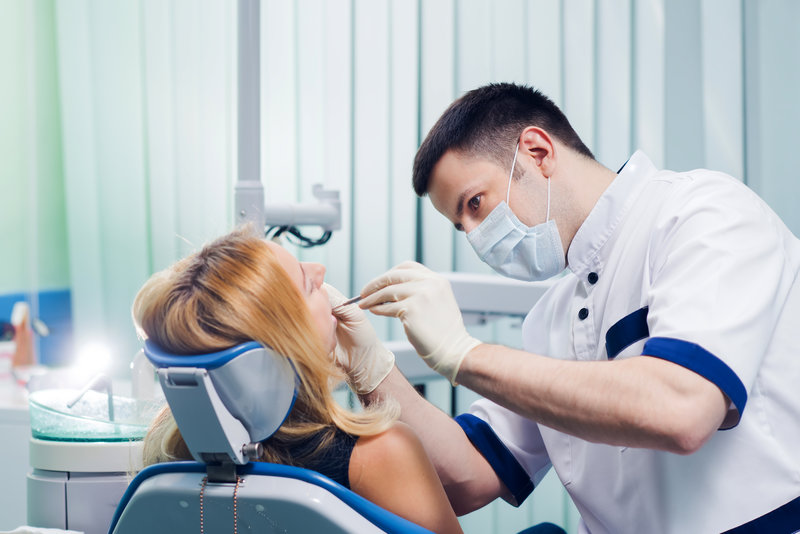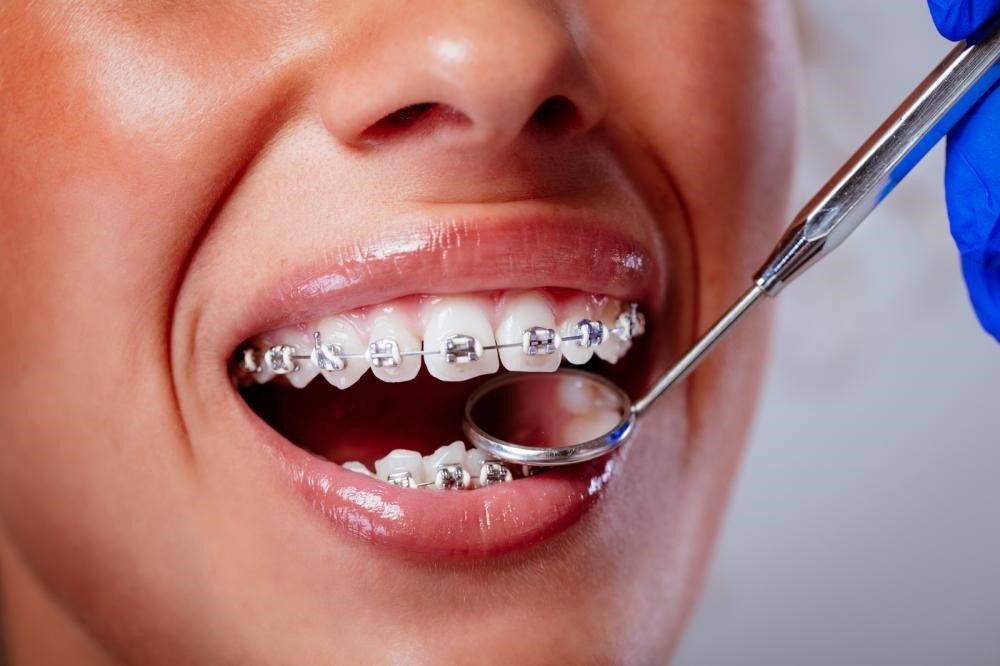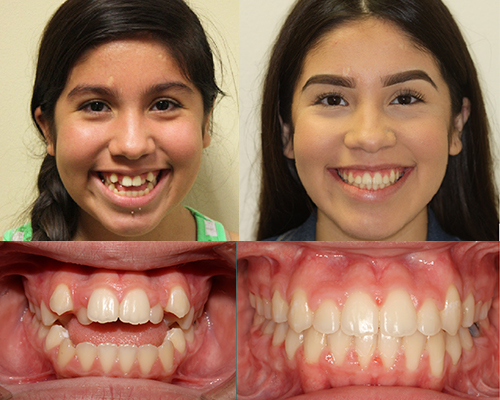Everything You Required to Learn About Braces, Aligners, and Retainers
Orthodontic treatments such as aligners, retainers, and dental braces play an essential duty in achieving a straighter and healthier smile. Each of these orthodontic home appliances offers a particular objective in fixing oral imbalances and bite concerns. From traditional dental braces to modern aligners, there are different alternatives offered to provide to individual demands and preferences. Comprehending the distinctions, benefits, and upkeep demands of these orthodontic tools is necessary for any person considering improving their dental positioning. The journey to a flawlessly aligned smile involves more than just appearance; it impacts overall dental health and well-being.
Kinds of Orthodontic Treatments
Orthodontic therapies include different methods targeted at fixing and aligning teeth for improved dental wellness and appearances. The most typical sort of orthodontic therapy is typical dental braces, containing metal braces bonded to the teeth and linked by cables. These braces slowly change teeth right into the preferred position via routine adjustments by an orthodontist.
An additional preferred option is ceramic dental braces, which are less noticeable than steel braces as a result of their clear or tooth-colored brackets. Lingual braces are affixed to the back of the teeth, making them practically unnoticeable from the outside. For those looking for a much more discreet alternative, clear aligners like Invisalign give a clear and removable choice to conventional braces.

Pros and Disadvantages of Braces
When taking into consideration orthodontic therapy choices, it is crucial to consider the benefits and downsides of dental braces. One of the main advantages of dental braces is their dependability in providing specific and foreseeable results over a defined therapy duration.
Nonetheless, there are some downsides to think about when choosing dental braces. One of the most typical concerns consist of discomfort and potential mouth sores throughout the initial adjustment duration. Maintenance can additionally be tough, needing regular oral check outs for modifications and routine cleaning to stop food particles from obtaining trapped. Another aesthetic consideration is the exposure of standard steel dental braces, which might affect the wearer's confidence during therapy. In spite of these downsides, the proven performance of braces in achieving ideal dental placement typically outweighs the disadvantages for lots of patients - orthodontics.
Benefits of Aligners
A progressively prominent alternative to traditional dental braces, aligners use many benefits in orthodontic treatment. Aligners are additionally detachable, enabling clients to easily comb and floss their teeth, leading to much better oral hygiene throughout treatment you could try this out contrasted to conventional braces.
Furthermore, aligners generally call for fewer check outs to the orthodontist for adjustments, as compared to dental braces, which can be a convenient factor for people with active timetables. The treatment process with aligners is usually extra comfy, as there are no metal braces or wires that might cause irritability to the mouth. Additionally, aligners can often attain cause a much shorter period than traditional dental braces, depending on the complexity of the orthodontic concerns being dealt with.

Relevance of Retainers
The importance of retainers in keeping orthodontic therapy outcomes can not be overstated. Retainers play an essential function in maintaining the outcomes achieved through aligners or braces. After the preliminary stage of orthodontic therapy, where aligners or dental braces are used to align teeth and appropriate bite problems, retainers are vital for protecting against the teeth from shifting back to their original position.
Retainers help to support the teeth in their new aligned setting, allowing the supporting structures in the mouth to adjust to the adjustments. Without appropriate retainer wear, there is a danger of regression, where the teeth progressively return in the direction of their pre-treatment alignment. This can undo all the progress made during the orthodontic treatment, leading to the demand for additional intervention.
It is recommended to wear retainers as directed by your orthodontist to maintain the outcomes of your therapy in the long term. Generally, retainers are at first worn full time and afterwards transitioned to nighttime wear once the orthodontist determines it is appropriate. Regular retainer usage is vital to ensuring a long-term, lovely smile.
Upkeep Tips for Orthodontic Appliances
Correct care and maintenance of orthodontic devices are important for guaranteeing their effectiveness and durability. Braces, aligners, and retainers call for diligent interest to maintain them in optimum condition throughout the treatment procedure. When wearing braces, it is vital to keep good oral health by cleaning after every meal and flossing daily to stop plaque build-up. Avoiding hard, sticky foods can likewise stop damages to the dental braces. Regular check-ups with your orthodontist are needed to ensure that the braces are readjusted correctly and are working as meant.

Conclusion
Finally, orthodontic treatments such as aligners, braces, and retainers play a critical function in correcting oral concerns and enhancing overall dental health. Each therapy option has its very own pros and disadvantages, and it is very important to follow appropriate upkeep suggestions to ensure the performance of the appliances. Whether it is dental braces for much more severe situations or aligners for a more very discreet choice, seeking advice from an oral specialist will aid determine the very best therapy prepare for private needs.
Orthodontic therapies such as braces, aligners, and retainers play a critical function in achieving a straighter imp source and healthier smile.An additional popular option is ceramic dental braces, which are less visible than steel dental braces due to their clear or tooth-colored brackets.In some instances, after braces or aligner treatment, retainers are essential to preserve the freshly straightened setting of the teeth. After the preliminary stage of orthodontic treatment, where braces or aligners are used to align teeth and proper bite problems, retainers are essential for protecting against the teeth from shifting back to their original placement.
In final thought, orthodontic therapies such as aligners, retainers, and braces play a vital duty in dealing with oral problems and boosting general oral health. - orthodontics